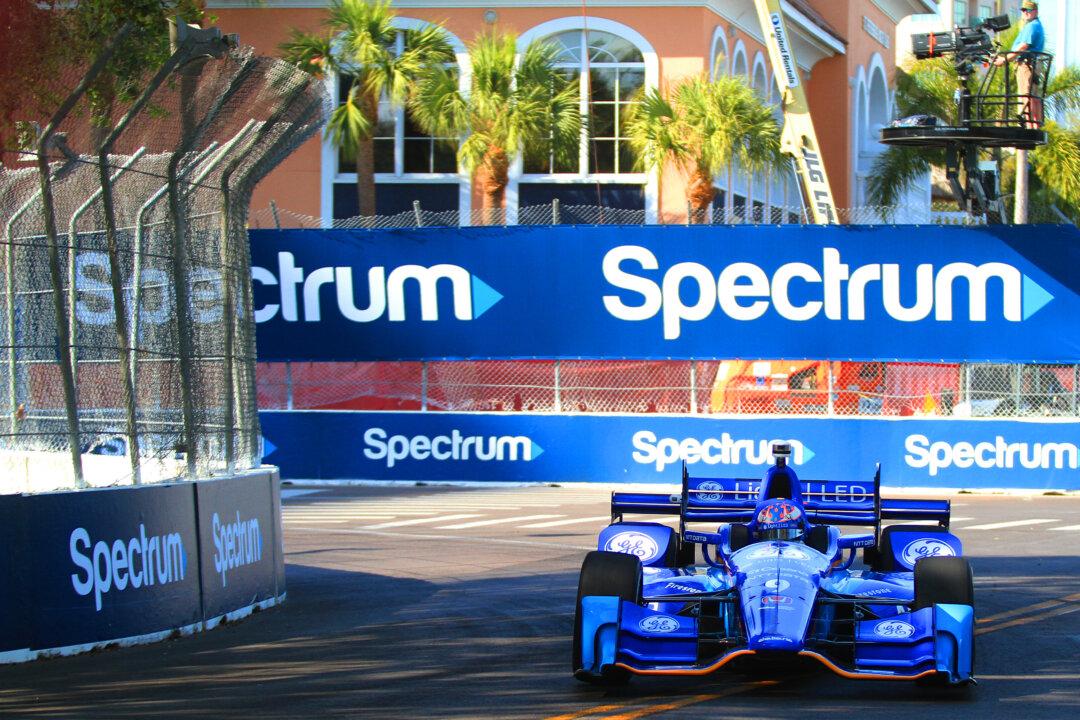ST. PETERSBURG, Fla.—Four-time IndyCar champion Scott Dixon and 2014 champ and two-time St. Pete Grand Prix winner Will power were the quickest drivers in the second practice sessions for the 2017 Verizon IndyCar Firestone Grand Prix of St. Petersburg.
This gave the dominant teams—Penske and Ganassi—and both engine suppliers, Chevrolet and Honda, a place at the top.
Ganassi’s Honda-powered cars were second and third, with Tony Kanaan and Charlie Kimball second and third. Sebastien Bourdais was fourth in the Dale Coyne Honda, followed by Josef Newgarden in the Penske Chevrolet. Honda and Chevy split the rest of the top ten.
“I think it started generally well,” Scott Dixon said after the session. “We’ve done some good homework in the off-season for ourselves, how the competition racks up. I think tomorrow will be interesting once the other competitors turn it up.






